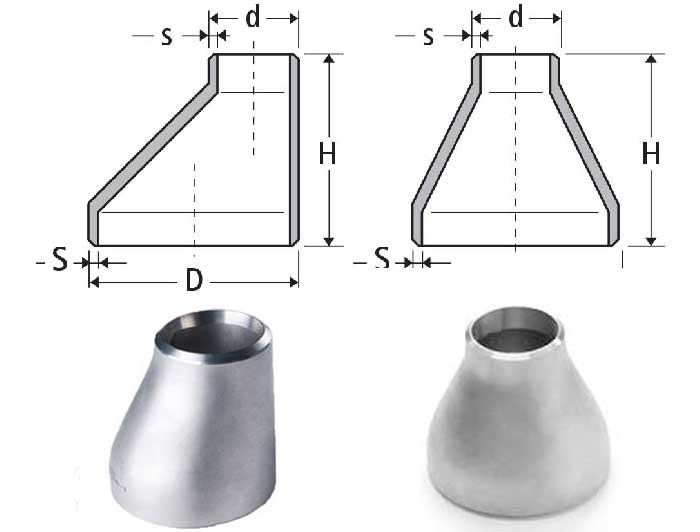
Stainless Concentric Reducers: Welded and Seamless – ASME B 16.9
Pipe fittings are critical elements in plumbing and oil industries. They serve as the ‘connective tissue’ that links the various components of a system, ensuring the smooth and efficient flow of fluids. Among these fittings, the stainless concentric reducer stands out due to its unique geometry and design. It is an essential tool in pipe systems, used to connect two pipes with different diameters. The stainless concentric reducer comes in two types: welded and seamless. The American Society of Mechanical Engineers (ASME) provides the standard ASME B16.9 to define the dimensions and physical characteristics of these reducers.
Introduction to Stainless Concentric Reducers
A stainless concentric reducer, as its name suggests, is constructed from stainless steel – a corrosion-resistant material known for its durability and strength. It is composed of two pipes with different diameters, arranged so that their central axes coincide, ensuring a smooth, gradual transition from one pipe diameter to another. This gradual transition reduces turbulence and friction, which could otherwise cause wear and tear in the pipeline.
The utility of the concentric reducer is evident in various industries, from chemical to petroleum and natural gas. It is used in systems where it’s necessary to alter the diameter of the pipe while maintaining the centerline common to both the larger and smaller pipes. Further, stainless steel’s physical properties make it desirable for applications in harsh environments where other materials might fail due to corrosion.
Welded vs. Seamless Concentric Reducers
The stainless concentric reducer is manufactured in two types: welded and seamless. The choice between these two types depends on the specific application and the performance requirements.
Welded Concentric Reducers
Welded concentric reducers are made by welding together two separate pieces of stainless steel pipe. They are usually chosen for their cost-effectiveness and are most common in large diameter applications where the cost difference between seamless and welded is substantial.
The welded reducers are often preferred in industries where high pressures are not a concern. However, they may have a lesser degree of smoothness at the joint, which could potentially lead to turbulence. This isn’t typically a significant concern though, as modern welding techniques have improved the quality and smoothness of welded joints.
Stainless Concentric reducer – welded
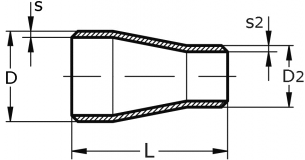
Butt welding stainless reducers are used to decrease or increase the pipeline size at a given location. With regards to the Welded Concentric reducers, the open ends of the fittings are aligned and centered one to the other. Generally, the delta in size doesn’t exceed the 2 (max 3) sizes to avoid an excessive drop of the pressure in the pipeline (if multiple decreases of the run pipe are necessary, this should be done in gradual steps).
The Stainless Concentric reducers are designed with the small and large diameters on opposite ends and joined by a cone shaped transition section. This particular type is with a welded construction.
Seamless Concentric Reducers
Seamless concentric reducers, on the other hand, are made from a single piece of stainless steel. They are manufactured through a complex process called extrusion or drawing. This method involves heating a cylindrical stainless steel block and then piercing it with a mandrel to create the pipe’s shape. The reducer is then reheated and stretched until it reaches the desired dimensions.
Seamless reducers offer an advantage in high-pressure applications due to their uniformity and lack of welded seams, which could potentially be weak points under high stress. They also ensure a smoother transition for the fluid, thus reducing turbulence and the potential for erosion.
Stainless Concentric reducer – seamless
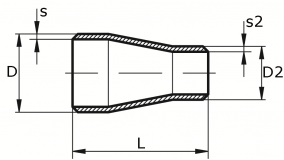
Stainless concentric reducers are a kind of pipe fitting that joins two pipes of different diameter. The stainless pipe reducers are available in a range of materials depending on the end use of the products and these fittings are manufactured in inch and metric size.
Concentric Reducers are used to join pipe or tube sections on the same axis. They provide an in-line conical transition between pressurized pipes of differing diameters. A pipe reducer can be a single diameter change or a multiple diameter change. The pipes cannot recognize what the outside configuration of the pipe reducer looks like.
The pipe flow is affected by the inside diameter conical transition configuration which can be axially moved and externally reconfigured to provide for more economical reducer fittings. Thus, concentric reducers connect pipes of unequal size but have a common centerline. In other words, it is a type of pipe fitting with different size ends to join pipes of different diameter that joins pipe sections on the same axis.
Concentric reducers are designed with the small and large diameters on opposite ends and joined by a cone shaped transition section. They are available in both seamless and welded construction.
- Concentric reducers will transition gracefully between the piping and the pump.
- The concentric reducers help in transporting slurries or abrasive liquids.
- They are useful in services where cavitation is present.
- When transporting between flanges or pipes of different ratings and wear protection is necessary, concentric reducers are ideal.
- Concentric reducers are used in discharge of the pump.
The ASME B16.9 Standard
The ASME B16.9 standard, provided by the American Society of Mechanical Engineers, specifies the dimensions, tolerances, pressure ratings, and markings for factory-made wrought fittings like the stainless concentric reducer. The standard ensures the compatibility and interchangeability of fittings across different manufacturers and applications.
The standard covers the overall diameter, wall thickness, concentricity, and surface finish of the reducer. For instance, it defines the end-to-end dimension of the reducer and the length of the reduction section. This standardization is critical to ensure the reducer fits correctly into the system, thereby preventing leakage and maintaining the efficiency of the fluid flow.
ASME B16.9 also specifies the pressure-temperature ratings for different materials and wall thicknesses. These ratings guide the selection of a reducer for a particular application, ensuring the fitting can withstand the system’s operating conditions.
Conclusion
In conclusion, stainless concentric reducers, whether welded or seamless, play a vital role in the fluid flow systems across various industries. Their design allows for a smooth transition in pipe diameters, reducing turbulence and increasing system efficiency. The ASME B16.9 standard provides clear guidelines for the dimensions and tolerances of these reducers, ensuring their compatibility and interchangeability across different applications. Despite the differences between welded and seamless reducers, the choice between the two ultimately depends on the specific application and expected performance requirements. Regardless of the type, these reducers serve as an excellent example of the science and engineering behind even the simplest components of a fluid flow system.

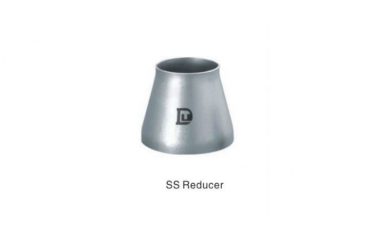
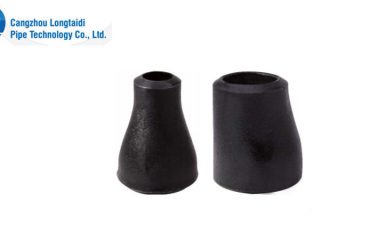
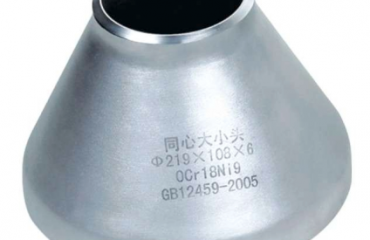
You must be logged in to post a comment.